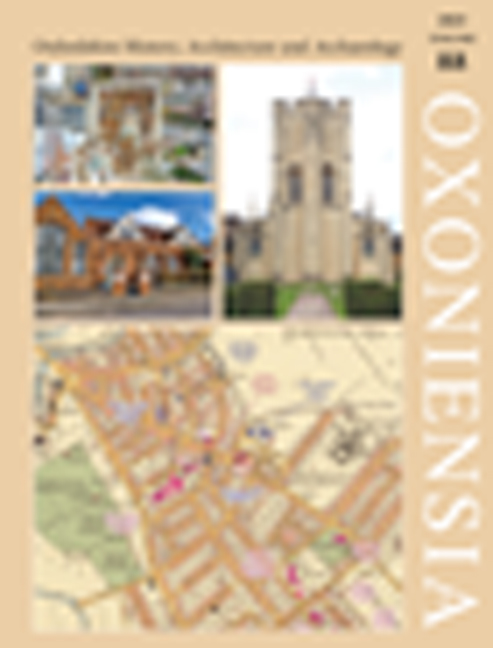The Site of St Frideswide’s Minster Debated
Published online by Cambridge University Press: 15 May 2024
Summary
SUMMARY
By longstanding tradition the Anglo-Saxon minster of St Frideswide was located on the later site of St Frideswide’s priory (now Oxford cathedral), and John Blair took that identification for granted in his contribution of 1988. In the recent Oxford volume of the Historic Towns Atlas Alan Crossley suggested an alternative location at Oxford Castle. The following contributions set out John Blair’s reaction to Crossley’s ideas, followed by Alan Crossley’s restatement and elaboration of his case and a final thought from John Blair. No resolution is offered by this journal, but readers are given fuller information for future consideration of an issue which has important implications for the early layout of Oxford and its subsequent development.
A REACTION TO ALAN CROSSLEY’s SUGGESTIONS by JOHN BLAIR
The Oxford volume in the Historic Towns Atlas series has long been awaited, and its appearance in 2021 is a matter for celebration. Alongside the rich abundance of primary material that it assembles, it is a vehicle for the summation of past hypotheses and the development of new ones. It crowns the distinguished career of the editor, Alan Crossley, who ran the Oxfordshire Victoria County History for many years, and fought tirelessly for its survival through bleak and adverse circumstances.
The editor has a particular interest in west Oxford, about which he has recently written in other places. Several interesting points are made in the Atlas, not least with reference to St George’s chapel in the Castle, where the recent discovery of two burials dated to c.1000 supports the idea (proposed in 1976 by Janet Cooper) that the Norman chapel replaced a pre-Conquest church. Crossley builds on this argument to take it in an unexpected direction.
It should be said at the outset that an important Anglo-Saxon minster was not just a single church, but an ecclesiastical zone – often a substantial one – within which churches, chapels and other ritual foci were dispersed alongside accommodation, services and craft buildings. Arrangements of churches were often linear, on a west–east axis. In accordance with that model, I suggested in 1988 that the twelfth-century church of St Frideswide’s priory (now Oxford cathedral), the nucleus of the early minster complex, was the easternmost in a line of churches following the edge of the gravel terrace.
- Type
- Chapter
- Information
- Oxoniensia , pp. 17 - 34Publisher: Boydell & BrewerFirst published in: 2024

